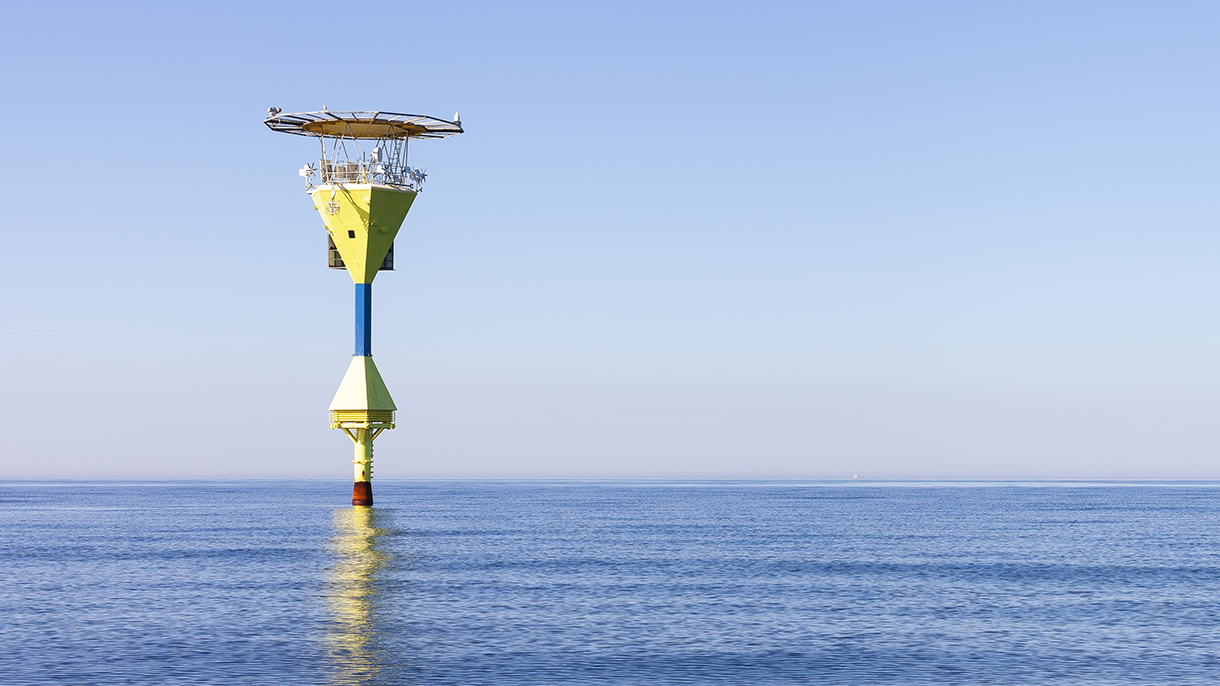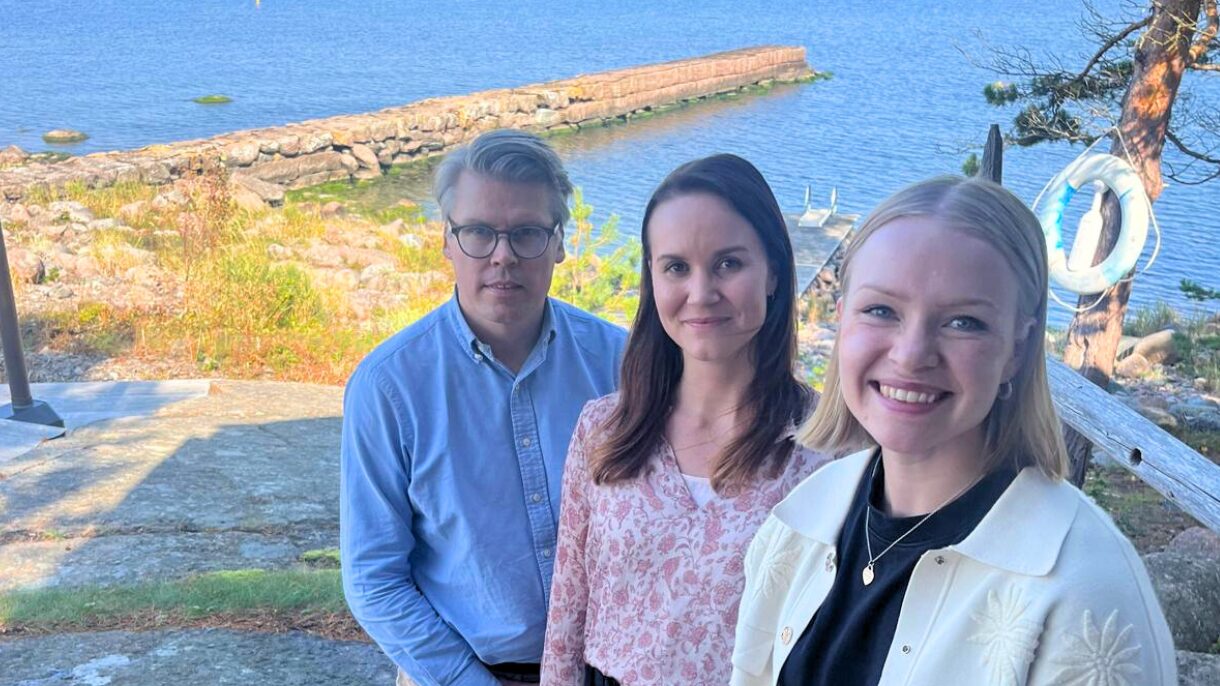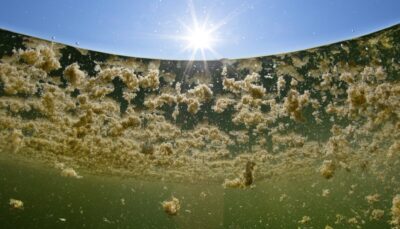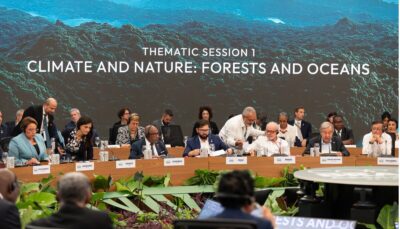Boston Consulting Group joins the effort to protect the Baltic Sea

More information:
Viivi Kerri
Project Leader
Boston Consulting Group
kerri.viivi@bcg.com
Text:
Last spring, the Boston Consulting Group’s (BCG) Helsinki office joined forces with the John Nurminen Foundation to save the Baltic Sea. BCG supported the Foundation’s efforts in the most suitable way for them – by providing top consultants’ pro bono expertise, which helped the foundation develop a new, impactful strategy for the years 2025–2030.
The project group consisted of five people, led by Viivi Kerri. Kerri has worked at BCG for six years, including two years at the Johannesburg office in South Africa. Kerri’s specialties include environmental and sustainability issues, as well as the energy sector.
“We wanted to join the John Nurminen Foundation’s strategy work since many of were already familiar with the Foundation’s work. We are inspired by the Foundation’s great work to conserve the Baltic Sea, and we wanted to be a part of this story”, Kerri explains.
The Baltic Sea is a meaningful cause
According to Kerri the Baltic Sea is personally important for many of the BCG employees – among them are sailors, cottage-goers, and hikers. The company also aims to encourage learning new skills.
”Work on the Baltic Sea can provide valuable insights into marine ecosystems and their global challenges. This knowledge can be important for us in discussions with our international clients.”
The consultants’ work included mapping the Foundation’s operational environment and interviewing dozens of experts, ranging from cultural influencers to researchers, politicians, and journalists. After the background interviews, the team formed a broader vision of how the foundation can improve the state of the Baltic Sea in the most impactful way during the next five-year period.

A valuable outsider perspective
The BCG conducted an extensive investigation into the context of conserving the Baltic Sea. For the John Nurminen Foundation, working with a project group that offered an outsider’s perspective was valuable for developing the new strategy.
“What made the collaboration smooth was that we shared the same understanding of the situation from the very start. The BCG team had a great ability to also discuss the more difficult parts in a way that made it also easy to move forward in the process”, says Annamari Arrakoski-Engardt, the CEO of the John Nurminen Foundation.
Focus on the value chains
The easiest solutions for protecting the Baltic Sea were implemented in the mid-2000s, when the emissions from large point sources, such as the wastewater treatment plants in St. Petersburg, were brought under control. What remains are more complex issues, such as diffuse pollution from agriculture.
“Now, the entire value chain needs to be examined more broadly. It is no longer sufficient to focus solely on the sea, but instead we have to address the sources of pollution and other issues – specifically on the fields and forests. This makes saving the Baltic Sea both challenging and intriguing”, Kerri says.
During the strategy work one of the biggest realizations was understanding how broadly companies are connected to the Baltic Sea.
“When we examine the value chains of companies, it is clear that ports and ships are connected to the sea, but many other sectors also impact the state of the Baltic Sea – even those that do not operate directly on the shores or with the sea.”
This realization is topical for all companies when the EU tightens regulations and companies must take responsible actions.
Solutions exist – it is time to roll up our sleeves
“There are many ways to protect the Baltic Sea, but the biggest challenge is scaling them up. Technical solutions already exist, and more are coming, but the problem is how to get the political and financial incentives in place so that these solutions can be adopted more widely”, Kerri ponders.
According to Kerri, companies can play a key role in promoting change and serving as role models.
While the condition of the Baltic Sea is a serious issue, the process also uncovered hope. “The fact that we already have solutions gives us hope. The people involved in this work are truly dedicated, and their passion for the environment is infectious”, Kerri says.
“Now we just need to get individuals and companies to understand that the Baltic Sea and its nature cannot wait.”


